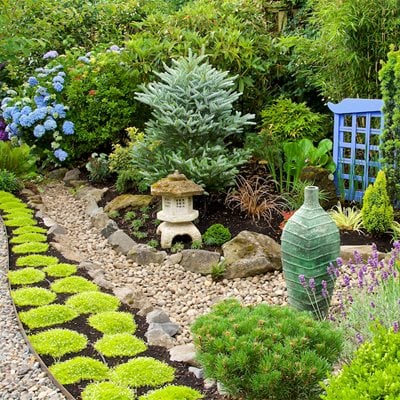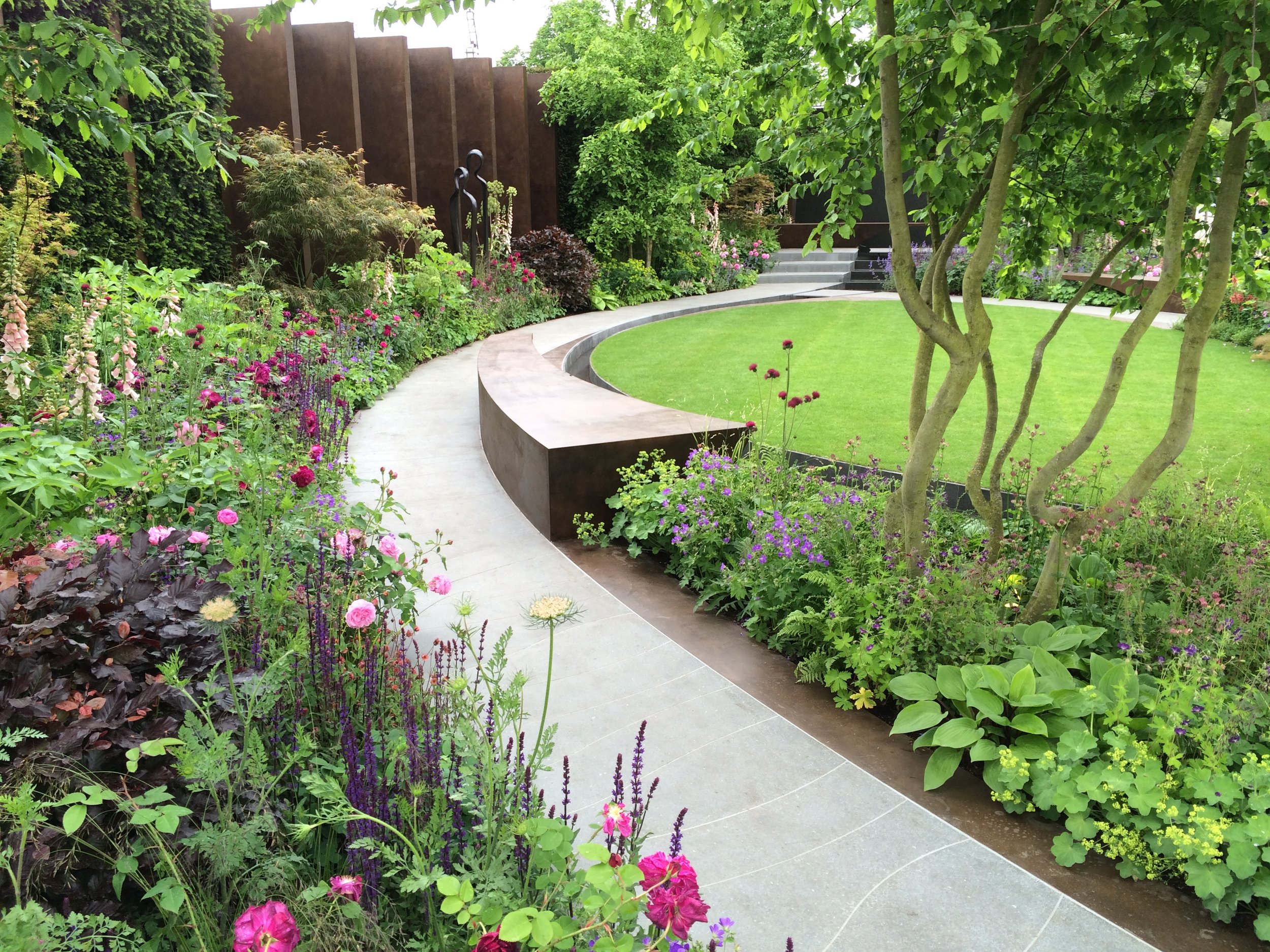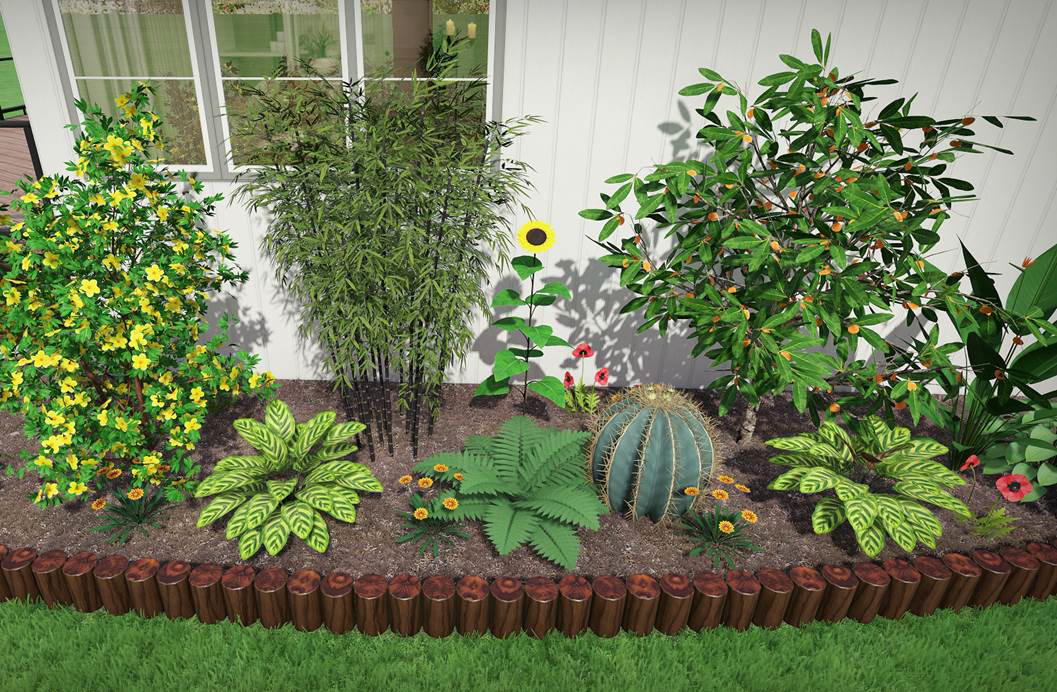Some Known Facts About Landscapers.
Some Known Facts About Landscapers.
Blog Article
An Unbiased View of Landscapers
Table of ContentsHow Landscapers can Save You Time, Stress, and Money.The Ultimate Guide To LandscapersThe Only Guide for LandscapersRumored Buzz on LandscapersIndicators on Landscapers You Need To KnowGetting The Landscapers To Work
- A garden feature where water is represented by an accumulated stone item, normally a crushed rock or granite.- A rock or natural flagstone patio, course, or sidewalk built without a concrete base.- A stone preserving or cost-free standing wall surface developed without the usage of mortar. - An underground framework that accumulate water and permits it to slow down percolate right into the soil around it.
Landscape style that is suitable with a sites' setting in both appearance and sustainability without negative impacts to the environment. Edging in the landscape is a line of separation that creates visual rate of interest in the yard by dividing one section from an additional segment.
Locations can also have a sensation of "enclosure" supplied by trees, other plantings, fencings, or screens. The landscape near the entry to a structure.
The 7-Second Trick For Landscapers

The element in a landscape style or area in a landscape that is indicated to be most prominent. The centerpiece can be a plant, rock, statuary, collecting room, or various other landscape function. A design of yards or garden aspects that worry straight lines, appropriate angles and circles. Shrubs or bushes situated in beds near the foundation of a home or various other structure.

The Landscapers PDFs
Rock product, either rounded or fractured, that is fairly small- usually 1" or less. Low plants that are enabled or urged to spread out over a location. Can refer to any kind of "hard" garden components including statuary or rocks yet most commonly is utilized to refer to paths, patio areas, and walls.: Height difference in between the degree of water in a pond (or the level of the pump if it sits outside the fish pond) and the upper outlet of water which affects efficiency of the water pump in gph (gallons per hour). Thick hedges or trees that form a fencing, display, or boundary.
A chemical made use of to regulate weeds. Fence boards that run horizontally, typically made use of in modern or Japanese-inspired landscape layouts. Lines that define spaces within a landscape concept. These frequently extend from corners or crucial functions of an existing framework. Proper use of imaginary lines can assist the landscape feel attached to the home and various other components.
An even more unwinded garden dominated by bent rather than straight bed lines and a much less rigid structure. use this link Typical PNW landscapes are informal. A plant that spreads out greater than desired, or right into environments where it does damages. Portland has a checklist of intrusive plants that should not be set up in landscapes due to the fact that they can infect forests or waterways and be difficult to regulate.
Not known Factual Statements About Landscapers
Smart irrigation controller evaluations and suggestions below. 2-D making of the recommended irrigation system. Can include head positionings and protection, pipeline sizing, GPM specifications, and materials required to mount this system. A watering strategy is normally unnecessary for houses but prevails for commercial projects. Certified specialist who develops landscapes, coached in design and architecture as well as in gardening.
Landscape designers generally have less education than Landscape Architects and are not accredited. A completed landscape style, detailing all elements for the brand-new landscape.
Using numerous growings of the same range to fill up in an area in the landscape. This can lower upkeep and water usage in the yard.
A layer of garden compost or bark dirt used at the base of a plant. A plant that was existing in a geographic location prior to individuals started changing the landscape.
10 Easy Facts About Landscapers Explained
Just how the garden or a garden element is prepared in connection to an existing or brand-new attribute or to an instructions. Maintaining a yard without the use of useful source chemical herbicides, pesticides, or plant foods. Turfs that are not cut but expanded in landscapes as perennials. This is a partly open sided leisure or recreation area that adjoins a dwelling, used for entertaining, exterior dining and merely delighting click to find out more in the exterior atmosphere.

Tiny round crushed rock. Plants that provide seasonal rate of interest and after that pass away back in the winter months. Annuals do not come back the complying with season, however perennials do. Winter season grass that is one of the most common lawn lawn in Rose city, OR et cetera of the PNW.An open roofed structure over an outdoor patio or other landscape attribute.
The most usual landscape gravel in the PNW. Location of the landscape designed to handle rain water until it can soak into the ground.
Framework constructed from timber, concrete, paving stones, blocks or various other products for supporting slopes and avoiding too much disintegration. Narrow watercourse. Creating a garden attribute consisting primarily of rocks with plantings that enhance and can flourish in the rocky atmosphere. Lawn sprinkler head design that turns a stream of water throughout an area.
Facts About Landscapers Uncovered

Report this page